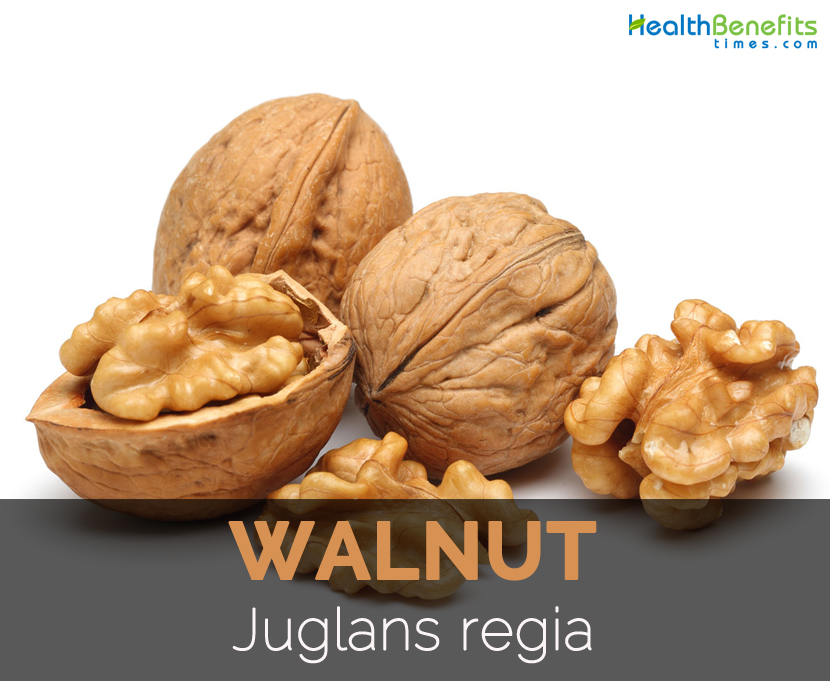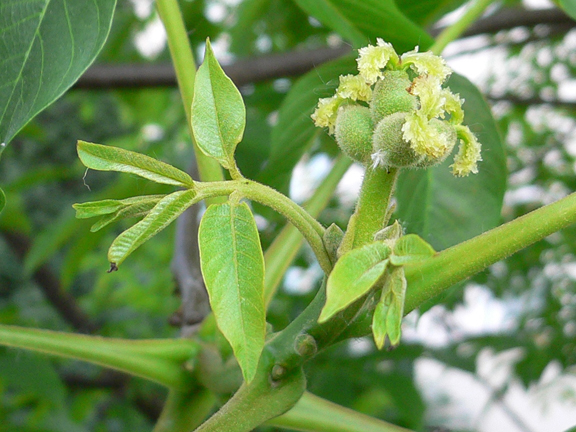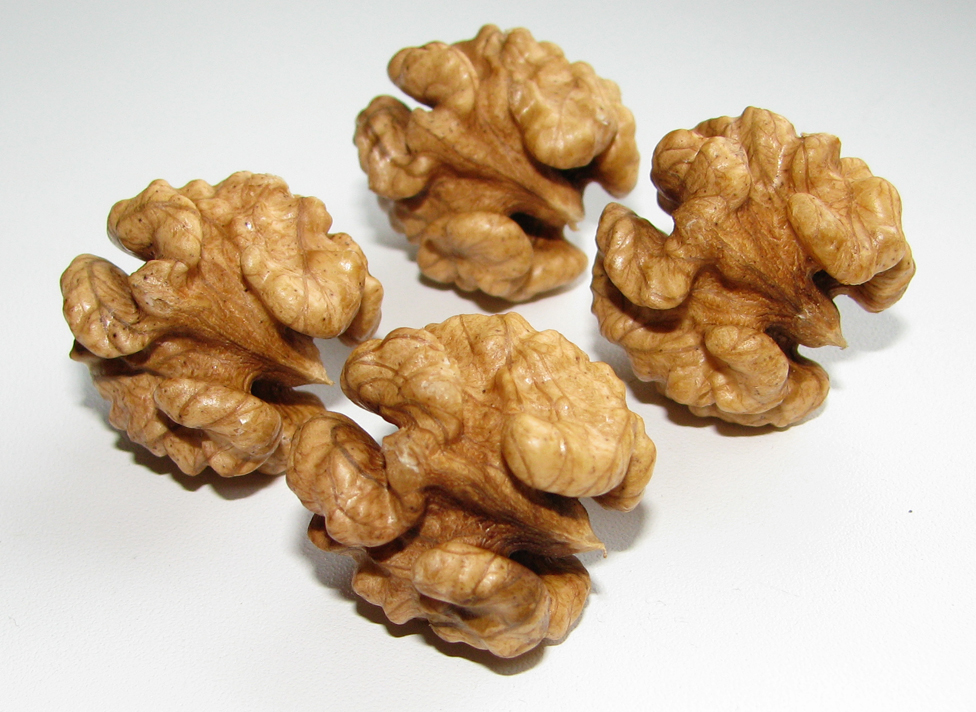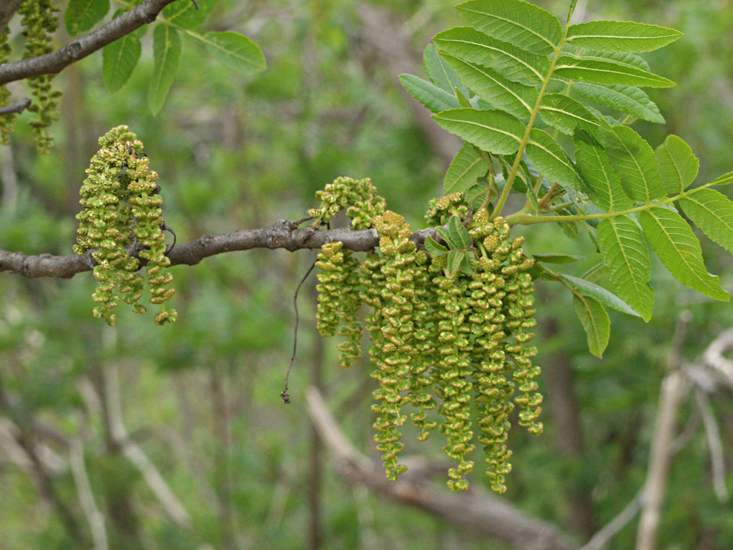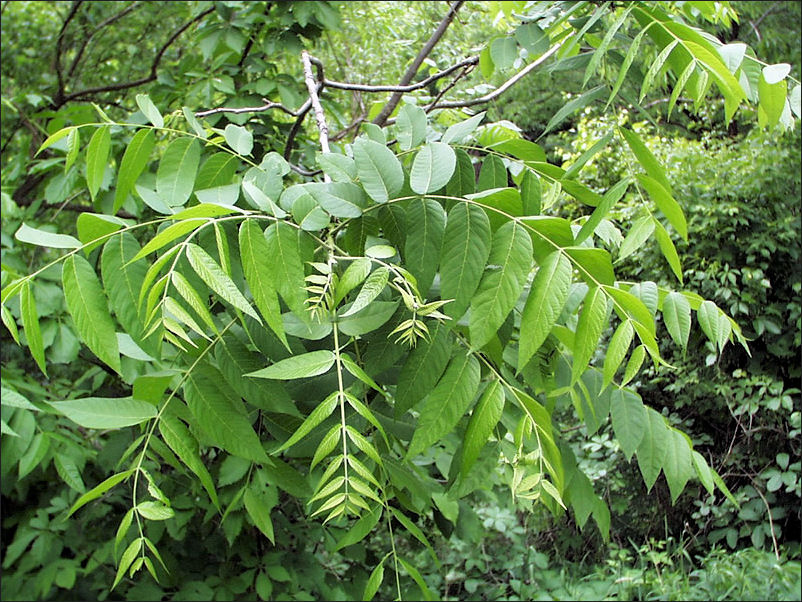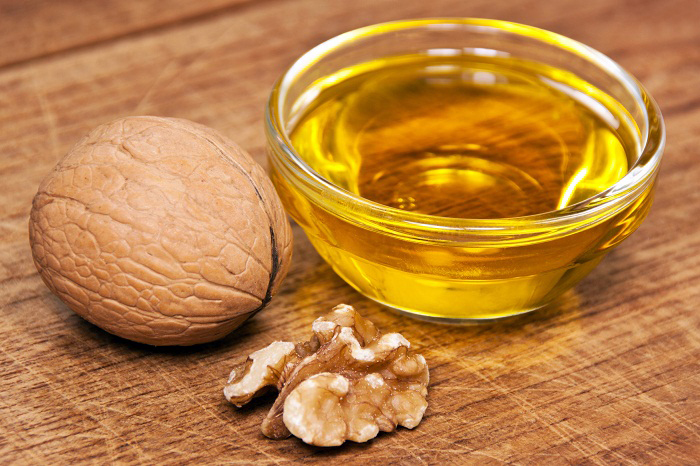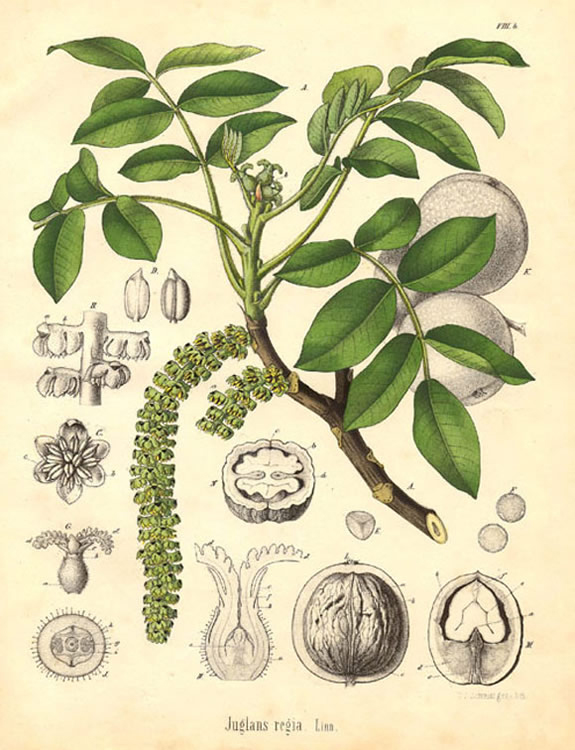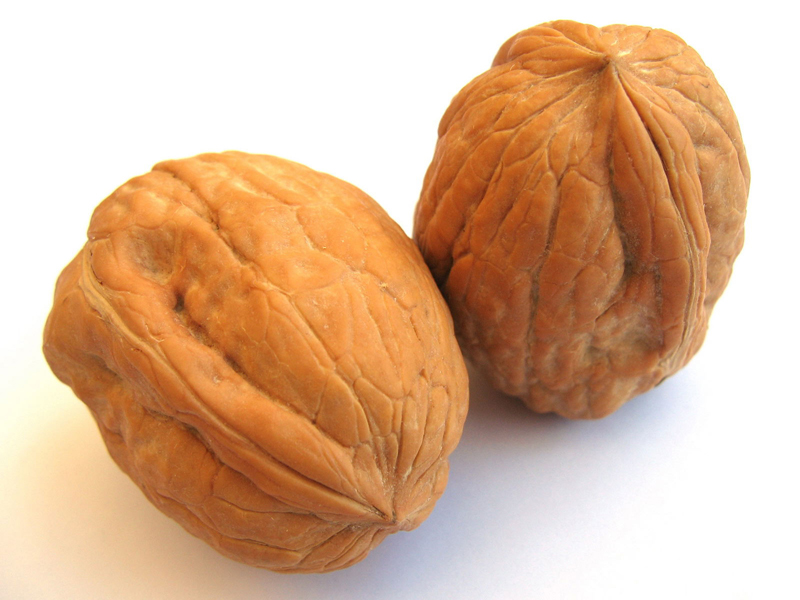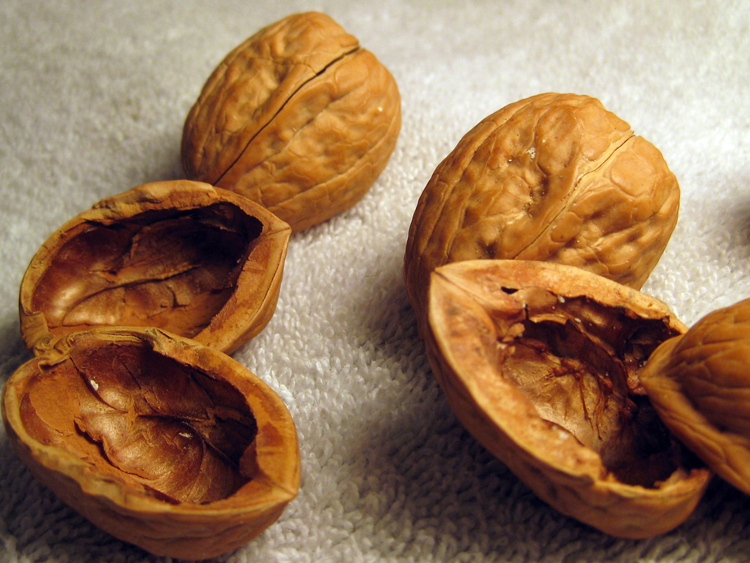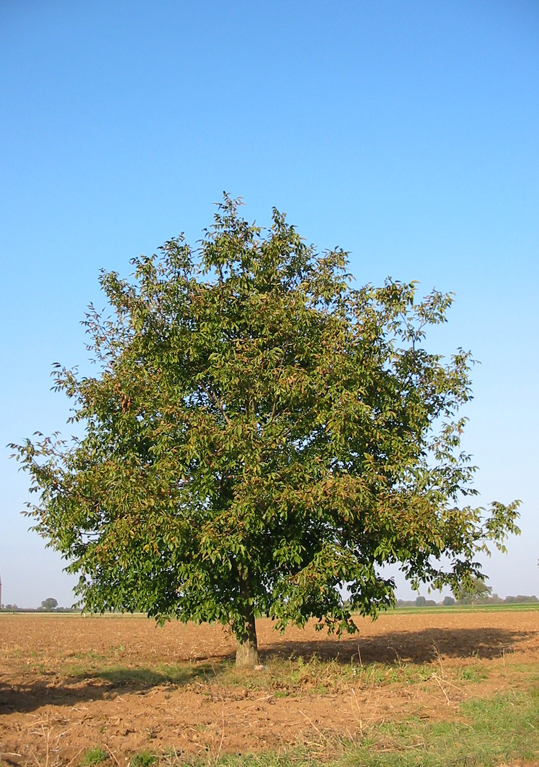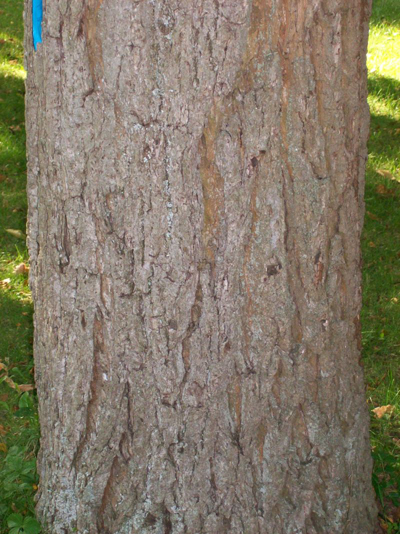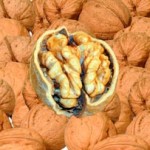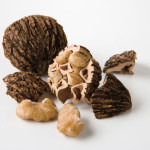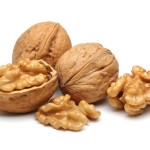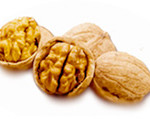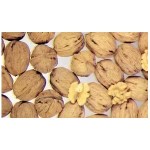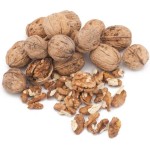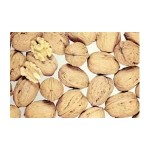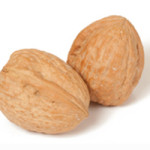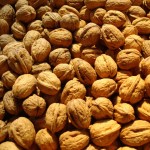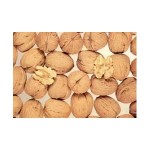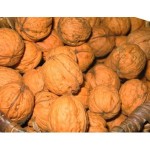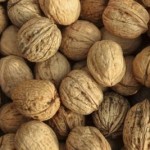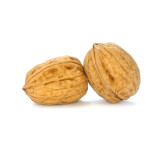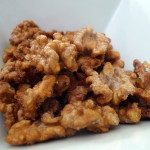The fruit of the Walnut is a drupe which consists of rough and wrinkled hard shell with a light brown to white flesh inside. Walnuts are available unshelled or shelled. The kernel of the fruit is edible and mostly consumed raw, roasted or as a paste. California produce about two third of the world’s walnuts. It is also known as Carparthian Walnut, English Walnut, Common Walnut, European Walnut, Madeira Nogal, Hirsute Walnut, Persian Walnut, Walnut and Madeira Walnut.
History
Though Walnuts are native to Balkans Eastward to Himalayas and Southwest China, it is found extensively in Kyrgyzstan. It is widely sophisticated in temperate zones of the world. Serbia, Bulgaria, France, Greece, Romania, China, California and Chile are the vital nut cultivating regions. Walnuts are also grown in New Zealand and Australia.
Alexander introduced this nut from Iran and Central Asia to Greece and Macedonia. During Roman Era, Walnuts reached to the Western and North European countries during the Roman Era. In America it was introduced by the English Colonist in America. Walnuts are known since 7000 B.C. Romans used to call Jupiter’s royal acorn to the walnuts. The history shows that Walnuts occurred from an ancient Persia. It is also called Persian Walnut.
Today China is the highest producer of Walnuts commercially in the world by producing 360000 metric tons in a year. United States lies in second which produce about 294000 metric tons in a year. In U.S., about 90% of walnuts are cultivated in California.
Plant
Walnut is a deciduous and monoecious tree, growing 25-35 m (80-120 ft.) in height with a trunk of upto 2 m (6 ft.) in diameter. The leaves are 25-40 cm (10-16 inches) long, imparipinnate, alternately arranged and pinnate. The flowers are yellowish to green which are available from May to June. It has strong and deep taproot with gray, smooth and olive to brown bark. Walnut grows best in well-drained soils. The tree has the lifespan of 50 to 250 years. The walnut fruit measures 5 cm long, ovoid-subglobose and epicarp green drupe. It has rough, wrinkled, furrowed and thin brown shell with light brown to white flesh inside. Walnuts have rich flavor.
Nutritional Value
In a serving size of 117 grams, it covers 218% of total fat, 206.22% of copper, 173.65% of manganese, 57.86% of phosphorus, 48.31% of vitamin B6, 45.23% of tryptophan, 44.05% of magnesium, 43.72% of isoleucine, 42.50% of iron, 41.71% of valine, 39.60% of threonine, 37.09% of histidine, 37.04% of leucine, 35.64% of protein, 33.25% of thiamine, 32.91% of zinc, 28.75% of folate, 20.53% of total dietary fiber, 14.83% of lysine, 13.54% of riboflavin, 13.34% of pantothenic acid, 12.34% of carbohydrate, 11.50% of calcium, 10.98% of potassium and 10.36% of selenium.
Health Benefits of Walnuts
Walnuts are great source of energy and are packed with healthy calories. It is rich in omega fatty acids so adequate intake of Walnuts is helpful to maintain the overall health. It contains a great source of omega fatty acid which is beneficial for the vegetarians. It should be added as the part of the diet. It could be found in chocolates, cookies and cakes. It could be added to the soups, dishes, cereals and baked goodies. It is considered as the brain food as the presence of omega-3 fatty acids helps to enhance memory as well as the cognitive functions.
- Enhance colon health
The research shows that the mice who consumed walnuts have low chances of colon cancers. The humans should consume ounce of walnuts in a day. The intake of walnuts lowers the development of colon and cancer. Walnuts are a probiotic that helps to maintain the colon health and prevents the colon tumors. Walnuts are loaded with the compounds, polyunsaturated fatty acids and high amount of Vitamin E along with anticancer properties. The studies also show that walnuts help to alleviate diabetes, heart disease and neurological ailments. (1)
- Cardiovascular ailments
The intake of walnuts or its oil can lower the chances of cardiovascular ailments by lowering the level of cholesterol. The research shows that the intake of walnuts helps to raise the level of good cholesterol and also removes the bad cholesterol from the body. Walnuts help to maintain the function of blood vessels which is essential for the cardiovascular patients. The oil of walnut helps to preserve the endothelial cell functions which have a vital role in the cardiovascular health. (2)
- Stress
The studies show that walnuts have omega-3 fatty acids that help to lower the bad cholesterol in the body. It also lowers the C – reactive protein. The people with stress have high chances of heart ailments. The study shows that the oil extracted from walnuts or walnuts itself helps to lower the blood pressure during the stress. (3)
- Alzheimer’s disease
Walnuts have high amount of antioxidants that prevents the brain from Alzheimer’s disease which is caused due to inflammation and oxidative stress. The research shows the positive effects of Walnuts on the cognitive functions. Walnuts contain various minerals and vitamins along with alpha linolenic acid and omega-3 fatty acid that helps to promote the brain as well as heart health. (4)
- Antioxidants
Walnuts possess high amount of antioxidants due to which it could be added to the diets. It contains high amount of proteins due to which it is a great substitute for meat. The daily intake of nuts lowers the chances of heart ailments, gallstones, cancer and type 2 diabetes. Among almonds, pistachios, brazil nuts, pecans, walnuts, peanuts, hazelnuts, cashews and macadamias, walnuts contains high amount of antioxidants. (5)
- Function of brain
Walnuts possess alpha-linolenic acid which acts as antioxidants that eliminates free radicals. Walnuts are helpful for the cognition associated with the long chain fatty acids which is derived from animal sources. The consumption of walnuts, grape juice and berries raise the health span and slows down the ageing process by lowering the chances of degenerative diseases. The research shows that Walnuts helps to block the stress signals caused due to the oxidative stressors. (6)
- Treat diabetes
The diabetic patients could daily consume walnuts as it contains high content of monounsaturated and polyunsaturated fats. Its consumption has inverse relationship with the development of type 2 diabetes. (7)
- Cancer
Walnuts contain certain components which is able to control the cancer cell growth in the body. Antioxidants and phenolic compounds controls the cancers cells which is shown the research. (8)
- Enhance metabolism
The intake of walnuts helps to enhance the body’s metabolism. It provides minerals such as copper, calcium, magnesium, selenium, manganese, potassium, iron and zinc. It assist in the generation of sperms, growth, development, nucleic acid synthesis and digestion.
- Anti-inflammatory properties
The phytochemicals and polyphenolic compounds present in walnuts helps to lower the inflammation in the body. (10)
https://www.youtube.com/watch?v=mhAQBYs6mWE
Precautions
Some precautions for Walnuts are:
- Gaining weight
Walnuts are rich in calories so it is not good to eat excessive amount of walnuts. The daily intake of walnuts is related to the weight gain. The overweight people should be more careful while taking the calories. Walnuts contain high fat content that plays a vital role in the weight gain.
- Allergic reactions
Though walnuts have wide range of health benefits but its excessive consumption could result in allergic reactions. Its severity differs from one person to other. Some might experience minor reactions while some reactions might be serious. Due to this it is advised to eat walnuts in moderate amounts to prevent any kind of allergic reaction. Anaphylactic shock, mouth and tongue itching, asthma, throat swelling and hives are some symptoms of allergy to walnuts.
- Rashes and swelling
Walnuts are great for the skin as it provide relief from the fine lines and wrinkles, reduces the chances of premature aging and moisturizes the skin. The high intake of walnuts could cause skin rashes and swelling in the body. Those who are sensitive to cashew nuts and almonds have high chances of skin reactions with the overuse of walnuts.
- Worsen diarrhea
Walnuts are a great source of dietary fibers which helps to maintain the digestive health, provides relief from constipation and digestive ailments. But the same dietary fibers could lead to stomach problem and diarrhea when consumed in excess. Walnuts have high chances of carrying allergens which could worsen the diarrhea and digestive problems. One should consult the doctor to use walnuts if he/she is suffering from diarrhea.
- Nausea
Walnuts contains high amount of allergen which may be helpful or bad. The high presence of allergens could worsen the diarrhea and lead to allergic reactions such as stomach pain, nausea and diarrhea.
- Unsafe for nursing and pregnant women
As there are the high chances of allergic reactions, it is not regarded safe for the breastfeeding and pregnant women. So they should stay away from walnuts during nursing and pregnancy.
- Lip Cancer
Walnuts are harmful for the lips so the daily application of walnuts to the skin causes lip cancer due to the presence of juglone which is a chemical compound. It could be possible if used for a long period of time.
- Unsafe for Asthma patients
Walnuts could trigger the attacks of asthma. So the patients of asthma should stay away from walnuts.
- Throat and tongue swelling
Due to the severe allergic reactions one might experience problem in breathing, tongue and throat swelling. Those who are sensitive to walnuts should not consume it.
- Leaves might cause ulcers and acne
Those people allergic to Walnuts should be far from the Walnuts in order to prevent the allergic reactions such as asthma attack, chances of diarrhea, swelling of tongue and throat etc. The application of leaves topically could result in eczema, acne, skin infections and ulcers.
http://www.diethealthclub.com/health-food/health-benefits-of-walnuts.html
Traditional uses
- Walnuts are used in folkloric medicine to cure various health ailments as well as complaints.
- The shell is used to treat anemia and diarrhea.
- The seeds are stimulant, antilithic and diuretic.
- Its internal use helps to cure lower back pain, legs weakness, frequent urination, asthma, chronic cough and constipation.
- The external use of the paste made from seeds is used as poultice to the eczema and dermatitis.
- The seed oil is used to treat dry skin conditions and menstrual problems.
- The seeds of Walnuts are used in traditional Chinese medicine as a tonic for kidneys.
- It provides relief from constipation which is caused due to dehydration.
- The cotyledons help to treat cancer.
- The male inflorescences help to treat vertigo and coughs.
- The leaves are described as alterative.
- The leaves help to detoxify blood and treat skin ailments.
- The bark and leaves helps to treat skin disorders such as eczema, scrofulous diseases, herpes etc.
- It also treats the menstrual problems.
- The leaves are used to purify blood.
- It helps to treat strumous sores.
- It is useful for treating anemia and diarrhea.
- It is an aid for the stone in urinary track and frequent urination.
- Walnut oil is effect in dry skin condition and for treatment of menstrual problems.
- The leaves are used in Turkish folk medicine to eliminate fever or alleviate the rheumatic pain.
- In Iranian traditional medicine, the kernels are used to treat the inflammatory bowel disease.
- It is used as an aid for asthma and diabetes in Palestine and also treats prostate as well as vascular disturbance.
- The leaves are topically used as a cure for dandruff, superficial burns, sunburn and scalp itching.
- In North east region of Mexico, it is used by traditional healers for an aid for liver damage.
- The bark is used to clean the teeth.
- The paste made from bark is used in Nepal to aid arthritis, toothache, skin diseases and hair growth.
- Wounds are healed by using seed coat.
- It helps to treat blepharitis, conjunctivitis and poor appetite.
How to Eat
- The kernels Walnut seeds kernels are consumed raw, roasted and salted or used in pastries, ice cream, cakes etc.
- The kernels help to enhance flavor to the sweet and savory dishes.
- The unripe fruits are pickled in vinegar and consumed.
- The crushed dried leaves are used as tea.
- Seeds are consumed raw or used in confections, ice cream, cakes, etc.
- The oil is used in salads and cooking.
- The crushed walnuts are mixed to a plain yogurt and topped with maple syrup.
- Walnuts are added to the salads and healthy sautéed vegetables.
- The kernels are roasted, sweetened or salted.
- It could be used as a topping for pies, pizzas and yogurt.
Other Facts
- The pollination could be either cross or self-pollinated.
- The fruit of Walnut tree has a green husk.
- Seed kernels are conserved with brown shell.
- The shells of Walnut shells help to produce grit paper, plastics, glues and cleaning products.
- The wood of Walnut is used to manufacture flooring, panels, furniture, musical instruments, gunstocks and veneers.
- Since 7000 B.C, the trees of Walnuts are known to the mankind.
- About two thirds of the world’s walnut is produced in California.
- The inside and outside section of the Walnuts are crinkled.
- In 18th century, Walnuts reached to California.
- Today, U.S. produces about 75% of the walnuts in the world.
- Black walnut is considered as the tallest variety of Walnut tree which grows up to 100 feet high.
Types of Walnuts
There are various types of walnuts which could be categorized into three: English, Black and White. The walnuts are a great source of omega-3 essential fatty acids as well as antioxidants.
1. Persian / English (Juglans regia)
English walnut has thin and gnarled shell with smooth and ivory colored nut. It has mild taste. It was originated from India near Caspian Sea. Centuries later, English walnut was cultivated in North America, a centuries later due to which it got the name as English walnut.
2. Black (Juglan nigra)
Black nuts have thick and hard shell with sharp and jagged edges. It has dark color. Black nuts have powerful taste and stinky fragrance. Black nuts are native to North America.
3. Butternut / White (Juglan cinerea)
White nut is the walnut of rare variety. White nuts could be found in Appalachian area, Mississippi Valley and Canada. It has sweet and oily flavor. The nuts are covered with fuzzy green husk and has light color shell.
Some walnut varieties:
1. Chico
It is a small walnut. The tree is erect and usually small. It is very productive.
2. Corne
It has incredible taste and average size and incredibly tasty. The tree is vigorous and loose leaves. It is originated in French and cultivated in Dordoña.
3. Franquette
It gets mature in the middle of October. It is originated from France (the Valley of the river Isère).
4. Grandjean
It has small size along with good taste. The tree is vigorous. It is originated from the region of Sarlat.
5. Hartley
The tree is energetic. It is harvested during mean season. It is regarded as the variety of California.
6. Marbot
The fruit is very thick and the tree gets mature earlier. It was originated in French and cultivated in the South of Corrèze and North of Lot.
7. Mayette
It is the fruit with a great taste. The tree is highly energetic and matures in the second week of October. It was originated from Tullins.
8. Parisienne
The fruit is tasty and thick. The tree is easier to form and extremely vigorous. It gets mature in the middle of October. It is originated in French and also cultivated in Isère (Vercors).
9. Payne
The nut is mean to small in size. The edible part of the fruit is pale in color. The tree is rounded and vigorous. It gets mature in the Middle of September.
10. Pedro
The shell of the nut is attractive. It is harvested in the middle to end of the season.
11. Vina
The edible part of the fruit is pale in color. The tree is medium or small in size. It gets mature from early-middle season.
Recipe of Walnuts
1. Candied Walnut
Ingredients
- Sugar – ¼ cup
- Honey – 1 tablespoon
- 2 cups water
- Salt
- 2/3 rd cup of walnut
- Baking sheet
- Aluminum foil
Directions
- Mark a baking sheet with an aluminum foil.
- Combine honey, salt, water and sugar in a bowl.
- The mixture should be poured in a pan. Cook it for about 3 to 4 minutes to over high or medium temperature.
- The pan should be added to walnuts and reduce the heat.
- Wait until the mixture is turned golden brown.
- When the walnut mixture cools break into clusters.
- Refrigerate it for about an hour.
2. Apple-Walnut Bars
Ingredients
- 32 grahams of cracker squares
- 1 tsp. of ground cinnamon
- 2/3 cup of dried apples
- 1/2 cup of sugar
- 2 egg whites (Large)
- 1 egg (Large)
- 2 tsp. of vanilla extract
- 1/4 teaspoon of salt
- 1/2 cup of walnuts (Chopped)
- 2 tablespoons of confectioners sugar
Directions
- Heat oven to about 300°F. Coat baking dish with a cooking spray.
- Put graham crackers and cinnamon in a food processor until fine crumbs. Leave 1/2 cup in a work bowl. Transfer crumbs to other container. Then add apples to a work bowl and process until it is coarsely chopped.
- Mix sugar, egg, egg whites, salt and vanilla in a large bowl. Beat by using electric mixer on a high speed for about three minutes. Fold it in a reserved crumbs, apples and toasted walnuts til it is mixed. Batter should be transferred to a baking dish and top should be smooth with the use of wet rubber spatula. Bake until the top is dry with a skewer insert in a center for about 30-35 minutes. Then let it cool on a wire rack. The confectioners’ sugar should be dusted gently and then cut into fifteen bars.
3. Date Walnut Wontons
Ingredients
- 8 wonton wrappers
- 8 pitted dates
- 4 large walnut halves
- 1 tbsp. of sugar
- 1/8 tsp. of ground cinnamon
Directions
- Heat oven to 400°F. Place a baking sheet along with foil and cooking spray. Heat water on a big saucepan for poaching wontons.
- Place 1 piece of walnut and 1 date in the center of wrapper. Four corners should be brought together over filling and press the edges tightly together.
- In a simmering water poach wontons for one minute. Remove it with the use of slotted spoon and drain it on the paper towels.
- The wontons should be placed on the baking sheet. Mix sugar and cinnamon together and sprinkle it over the wontons. Bake until it is browned and crisp for about 10 to 12 minutes.
References:
http://davesgarden.com/guides/pf/go/58127/
http://www.missouribotanicalgarden.org/PlantFinder/PlantFinderDetails.aspx?kempercode=a876
http://www.pfaf.org/user/plant.aspx?LatinName=Juglans+regia
https://npgsweb.ars-grin.gov/gringlobal/taxonomydetail.aspx?id=20772
http://www.naturalmedicinalherbs.net/herbs/j/juglans-regia=walnut.php
http://www.cloverleaffarmherbs.com/walnut/
https://jonbarron.org/herbal-library/foods/black-walnut-hulls-benefits
http://www.nutrition-and-you.com/walnuts.html
http://www.onlyfoods.net/juglans-regia.html
http://www.whfoods.com/genpage.php?tname=foodspice&dbid=99
https://www.organicfacts.net/health-benefits/seed-and-nut/health-benefits-of-walnuts.html
Comments
| Walnut Quick Facts | |
|---|---|
| Name: | Walnut |
| Scientific Name: | Juglans regia |
| Origin | Native to Balkans Eastward to Himalayas and Southwest China. The trees are found extensively in Kyrgyzstan. It is widely sophisticated in temperate zones of the world. Serbia, Bulgaria, France, Greece, Romania, China, California and Chile are the vital nut cultivating regions. |
| Colors | Brown (Fruit) |
| Shapes | Drupe; Length: 5 cm, ovoid-subglobose; epicarp green (Fruit) |
| Flesh colors | Light brown to white |
| Calories | 765 Kcal./cup |
| Major nutrients | Total Fat (218.00%) Copper (206.22%) Manganese (173.65%) Phosphorus (57.86%) Vitamin B6 (48.31%) |
| Health benefits | Enhance colon health, Cardiovascular ailments, Stress, Alzheimer's disease, Antioxidants |
| More facts about Walnut | |
| Rank | Scientific Name & (Common Name) |
|---|---|
| Kingdom | Plantae (Plants) |
| Subkingdom | Tracheobionta (Vascular plants) |
| Superdivision | Spermatophyta (Seed plants) |
| Division | Magnoliophyta (Flowering plants) |
| Class | Magnoliopsida (Dicotyledons) |
| Subclass | Hamamelididae |
| Order | Juglandales |
| Family | Juglandaceae (Walnut family) |
| Genus | Juglans L. (Walnut) |
| Species | Juglans regia L. (English walnut) |
| Synonyms |
|


